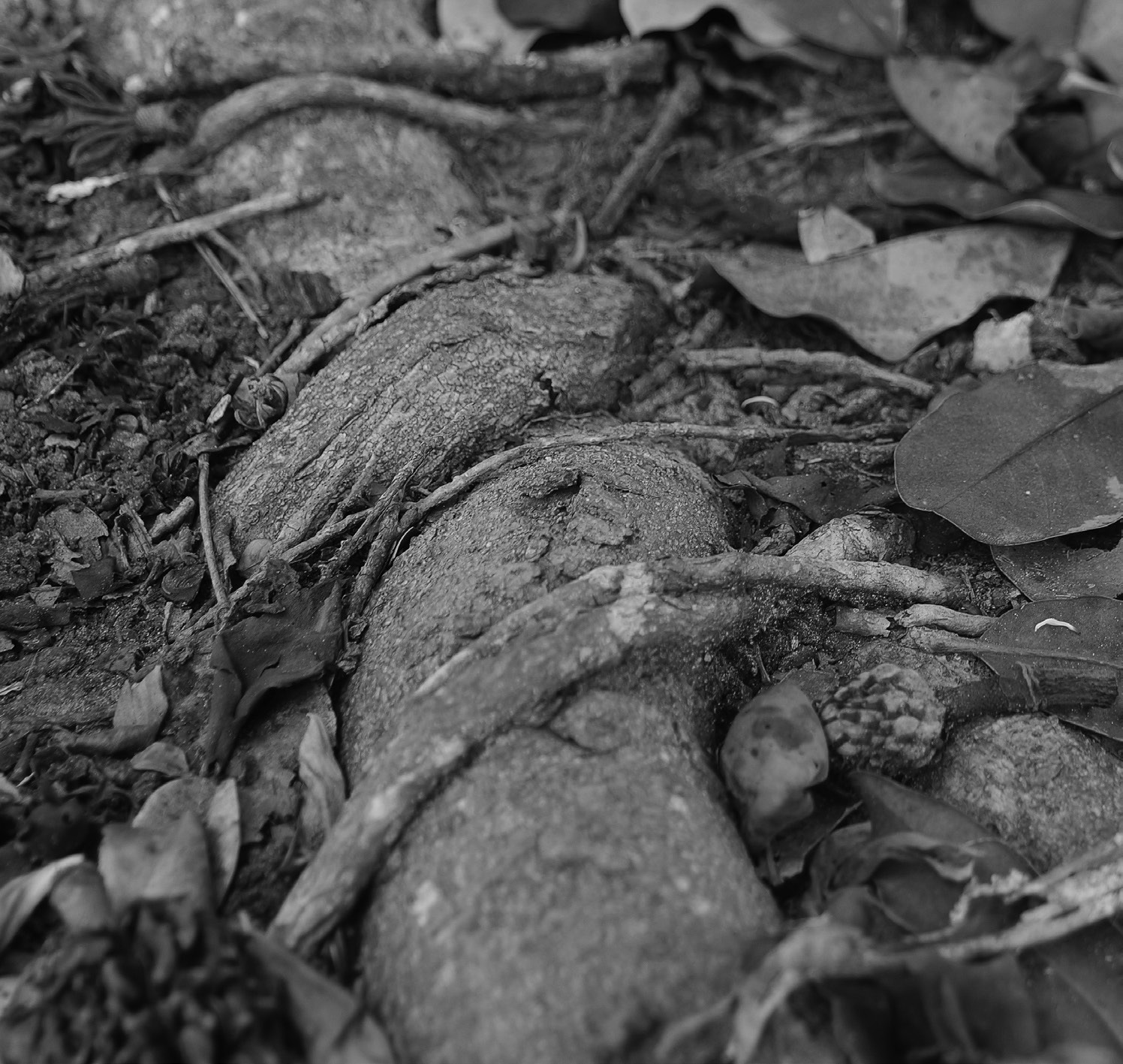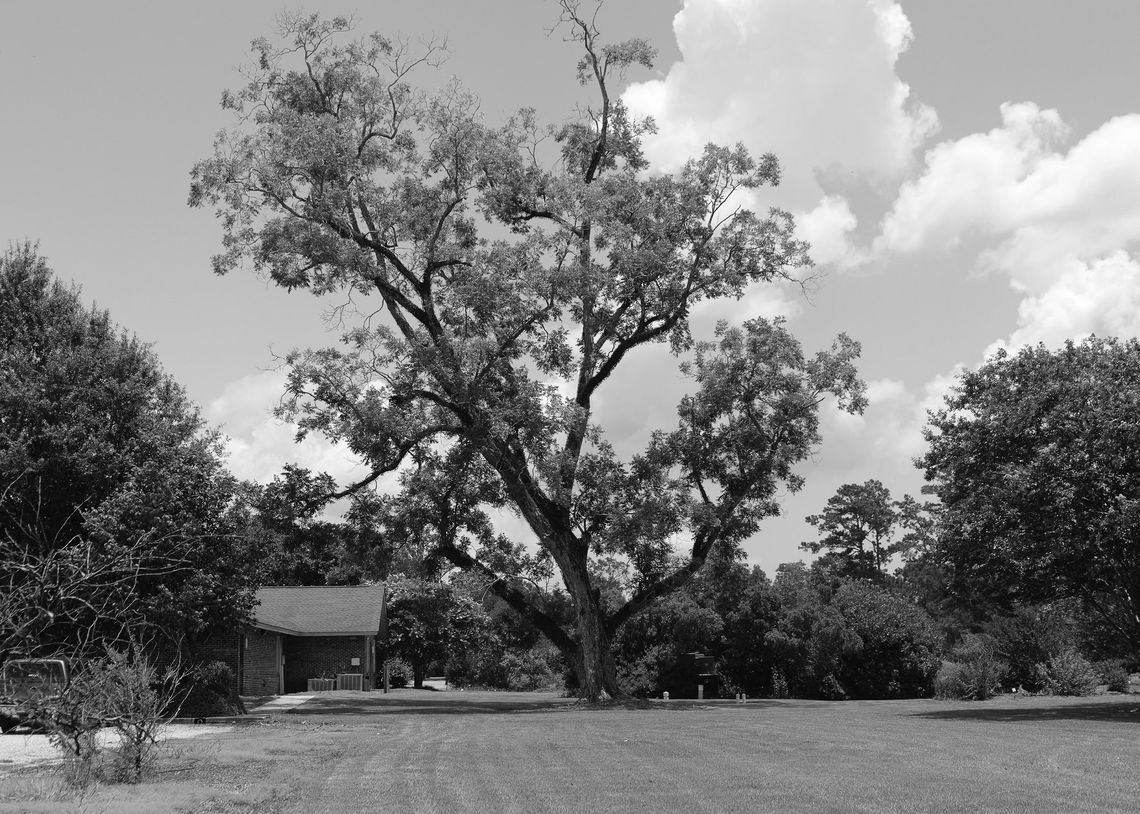Get it growing
Hurricane season is ramping up. In Louisiana, we know the drill: It’s time to pick up some extra canned goods and batteries, make sure the generator cranks and think over evacuation plans.
But your checklist may be missing one important item: the trees in your yard.
Trees, especially if they are unhealthy, can cause a lot of damage during a hurricane — or even a strong summer thunderstorm. High winds can rip off weakened limbs and turn them into projectiles. Sickly trees may topple in stormy conditions, smashing anything in their path.
Identifying and addressing risks now can protect property and lives. You can perform a basic evaluation of your trees to decide if you need a professional to fix problems.
Here is an easy, four-step guide from Hallie Dozier, an associate professor of forestry with the LSU Ag-Center, that will help you do a preliminary assessment of trees’ health and potential risks.
Step 1: Targets Dozier suggests starting by looking around for targets — anything that could be damaged if a branch or entire tree falls.
Move these items out of harm’s way if possible, especially if they are economically or sentimentally valuable. For example, if you normally park your car in a driveway beneath a large tree, plan on moving the vehicle elsewhere if a storm is approaching.
But some targets — like your home and power lines — can’t be moved. That’s where the next steps come in.
Step 2: Canopy A tree’s canopy is a good indicator of its health.
“You want really dense foliage and good color,” Dozier said. “You want to see leaves. You don’t want to see a lot of branches. You don’t want to see a lot of sky through the canopy.”
Sparse leaves on a tree that typically has a full canopy may hint at health concerns — raising questions about how it will fare during a storm.
Do you see any large, dead limbs in the canopy? Also look for branches that cross and rub against each other, which can cause wounds, decay and branch weakness. Overextended branches that reach way beyond the overall canopy may pose hazards, too. Dozier advises removing these branches.
Step 3: Trunk Look for cracks in the trunk — they may run horizontally or vertically. Do you see any missing patches of bark or oozing sap? Also check for the presence of fungi such as mushrooms or conks.
These symptoms can be signs of disease, decay, tree decline and overall structural weakness.
Step 4: Root zone Inspect the roots for mower damage, which can cause them to decay, as well as girdling, which happens when roots cross over one another or encircle the base of the tree.
“As the crossed roots get bigger and bigger, they can choke off the water source to the tree,” Dozier said.
Mushrooms growing directly from the trunk or roots can signal a weakened tree.
“If you’ve got mushrooms coming out of the roots of your tree, that spells trouble,” she said.
What next? Once you’ve completed these steps, you may decide to call an arborist for help. Dozier said it’s important to hire one who is licensed in Louisiana.
Getting a professional opinion is never a bad idea. Even if your trees have weathered past hurricanes, that’s not a guarantee that they are still sound and ready for the next storm.
“If you don’t see signs of problems and it’s a young enough tree, you can probably get by,” Dozier said. “But if it’s an older, mature tree in the landscape that’s been there a very long time, I don’t care how many storms it’s survived. It might be worth getting a professional, licensed arborist to have a look at it.”

Girdled roots can threaten tree health. (Olivia McClure/LSU AgCenter)


